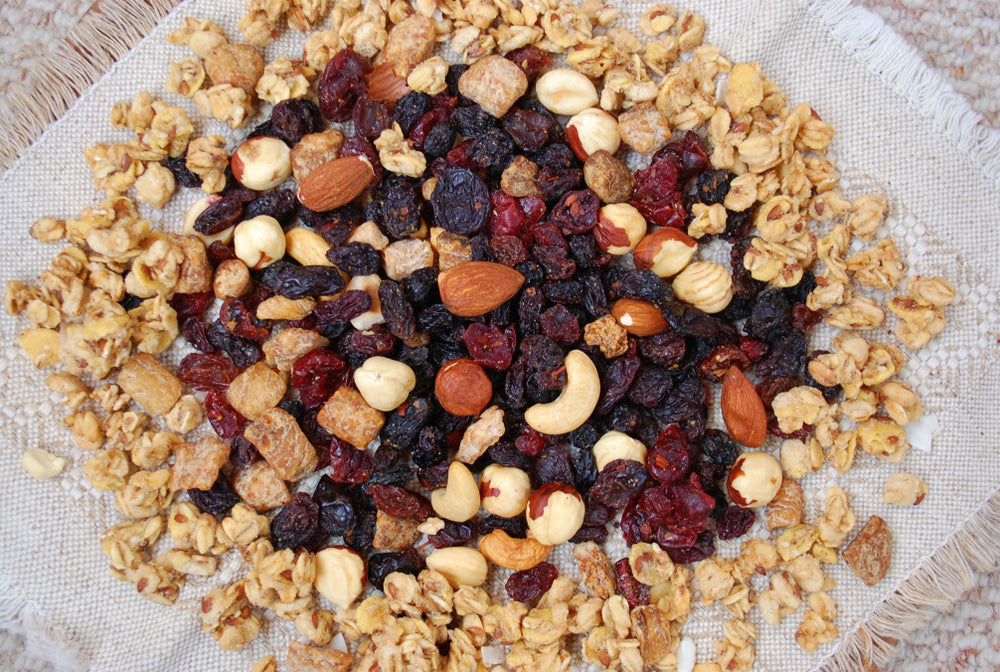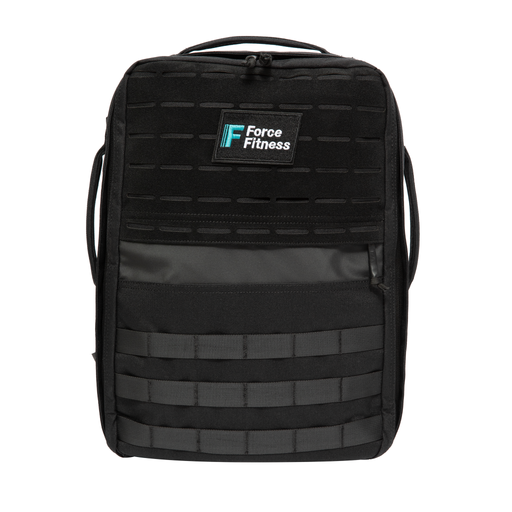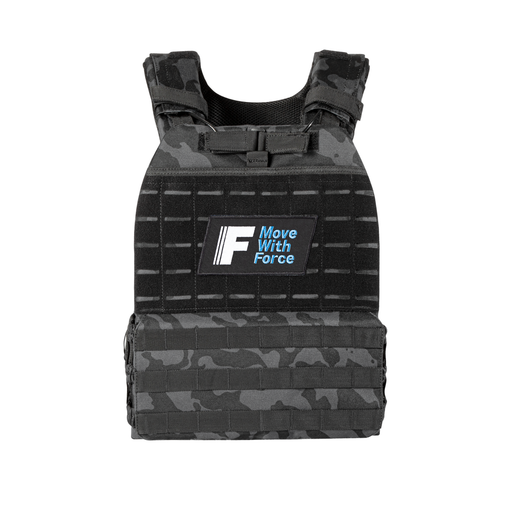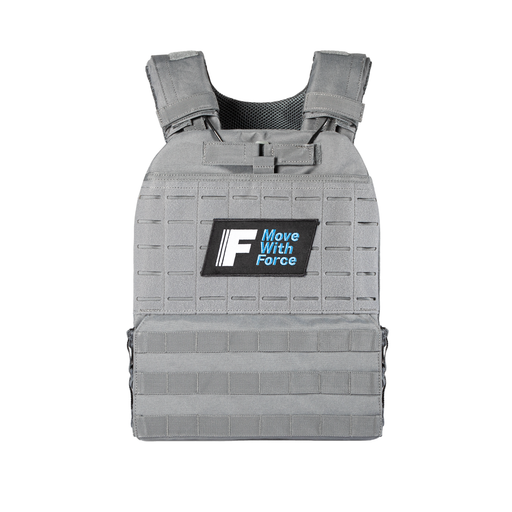
How to Fuel Your Next Hike or Ruck
How to Fuel Your Next Hike or Ruck
You can’t afford to be under-fuelled when you’re moving under load. How you fuel before, during, and after a ruck can be the difference between finishing strong and hitting the wall halfway through.
How to Fuel Rucking Properly
Rucking uses the big muscle groups of the legs, core, and upper body, and that means high energy demand. Proper fuelling is about giving your body a steady input of calories from easily digestible food so you can enjoy your adventure.
-
Complex carbohydrates for sustained energy
-
Protein to energy and to preserve muscle
-
Small amounts of fats for endurance on long distances
-
Electrolytes and hydration for your body and brain
What to Eat Before Rucking
You can’t rely on eating at home to see you through the whole ruck, but a proper pre-ruck meal means you only need to top up whilst you’re walking.
Aim to eat 1–3 hours before, and focus on:
-
Slow-digesting carbs (oats, rice, potatoes, fruit)
-
Moderate protein (eggs, meat, fish or protein powder)
-
Minimal fat or fibre to avoid gut discomfort when you’re out
Should You Eat During a Hike or Ruck?
A lot of people make the mistake of not eating during a ruck or hike. Anything longer than 90 minutes will drain your body’s energy stores (especially if you’ve got a ruckpack on). If you try to do 90+ minutes without taking on any fuel, you’ll slow down, lose form, and risk feeling really bad – not what you want when you’re out in nature miles from home.
Fuelling during a ruck doesn’t have to be complicated. Eat little and often, using simple and portable foods, to keep your energy up and your concentration sharp. And don’t forget that hydration should be part of your fuelling plan too.
How to Plan Your Rucking Nutrition
-
How long am I rucking for? Think in terms of duration rather than distance. More time on your feet = more frequent fuelling.
-
What’s the terrain and temperature? Hills or uneven ground mean higher calorie expenditure, and heat will mean more hydration needs.
-
How much weight am I carrying? Heavier packs raise your energy demands significantly.
Plan small, regular intakes of food that are easy to digest and easy to carry. One of the many things we love about rucking is that you can carry plenty of things with you – including food.
What to Eat and Drink During a Ruck
You’re aiming for steady, low-GI carbs for endurance, a bit of protein to stabilise hunger, and enough electrolytes to replace what you lose through sweat. Steer clear of anything that’s high in fats or particularly high in fibre (unless you’re used to it) as both things can be hard to digest.
Macronutrients:
-
Carbohydrates – 30–60g per hour for sustained energy (gels, fruit, flapjack style bars, or even things like jam sandwiches or hot cross buns!)
-
Protein – small amounts (5–10g per hour) just to help with muscle maintenance on long rucks
-
Fat – can be useful on ultra-distance days, but get used to it on training rucks (nuts, trail mix, etc)
Hydration:
-
Start hydrated – drink at least 500ml of water before you set off
-
Sip regularly throughout the ruck to stop yourself from getting thirsty
-
Add electrolytes if you’re going over 90 minutes or sweating heavily
How Often to Eat When You’re Rucking
Have a fuelling plan so you don’t leave it to chance (in an ideal world you’ll be enjoying your ruck so much, you won’t notice the time passing!) Eating something small every 30–45 minutes is a good rule of thumb.
Some people choose to go for the first hour without eating (you will have eaten before you started), then stick to a regular 30–45 minute snack. For shorter sessions (under 90 minutes), you might not need to eat, but bring something anyway.
Find hiking/rucking snacks that work well for you, and get into the habit of keeping them in your outdoor adventure kit store along with other essentials.
How to Calculate How Much Food You Need for Rucking
To stay fuelled:
-
Estimate your total ruck time
-
Multiply by ~600 kcal/hour to get your total burn.
-
Aim to replace around 30–50% of that during the ruck through food and drink.
Here’s an example for a 90kg person doing a 2.5 hour ruck with a ~9kg ruckpack:
Estimated calorie burn = 820 kcal/hour
820 kcal x 2.5 hours = 2050 kcals total
Aim to replace half of that = 1000 calories
Split across 3 snacks = 300–350 kcal per snack.
Or split across 4 snacks = 250 kcal per snack.
Why Rucking Fuel Is Important
Under-fuelling a ruck can impact your mood, mental clarity, and how well you recover. Here are some of the things we’re trying to avoid:
-
Early fatigue and needing to tap out
-
Loss of co-ordination or focus (increasing injury risk)
-
Dehydration and electrolyte imbalance
-
Dizziness, nausea, or hitting the wall
-
Muscle breakdown and poor recovery
-
Simply not enjoying it!
Best Foods to Take on Your Next Ruck
You don’t need fancy performance snacks for rucking, just choose things that are compact, durable, and easy to eat on the move. Here are six things to try:
-
Oat-based energy bars – steady carbs, easy to carry, can be homemade
-
Mixed nuts and dried fruit – carbs, fats, sometimes added salt
-
Fresh fruit – bananas are the obvious one (don’t throw peels on the ground!)
-
Beef jerky or biltong – protein for endurance and recovery
-
Store-bought bars – Soreen bars or own-brand alternatives are great
-
Sandwiches – honey or jam sandwiches, bagel thins, or hot cross buns
We want you to enjoy your rucks and hikes, and that all starts with feeling strong and full of energy. Get your food right and get the miles in!
















